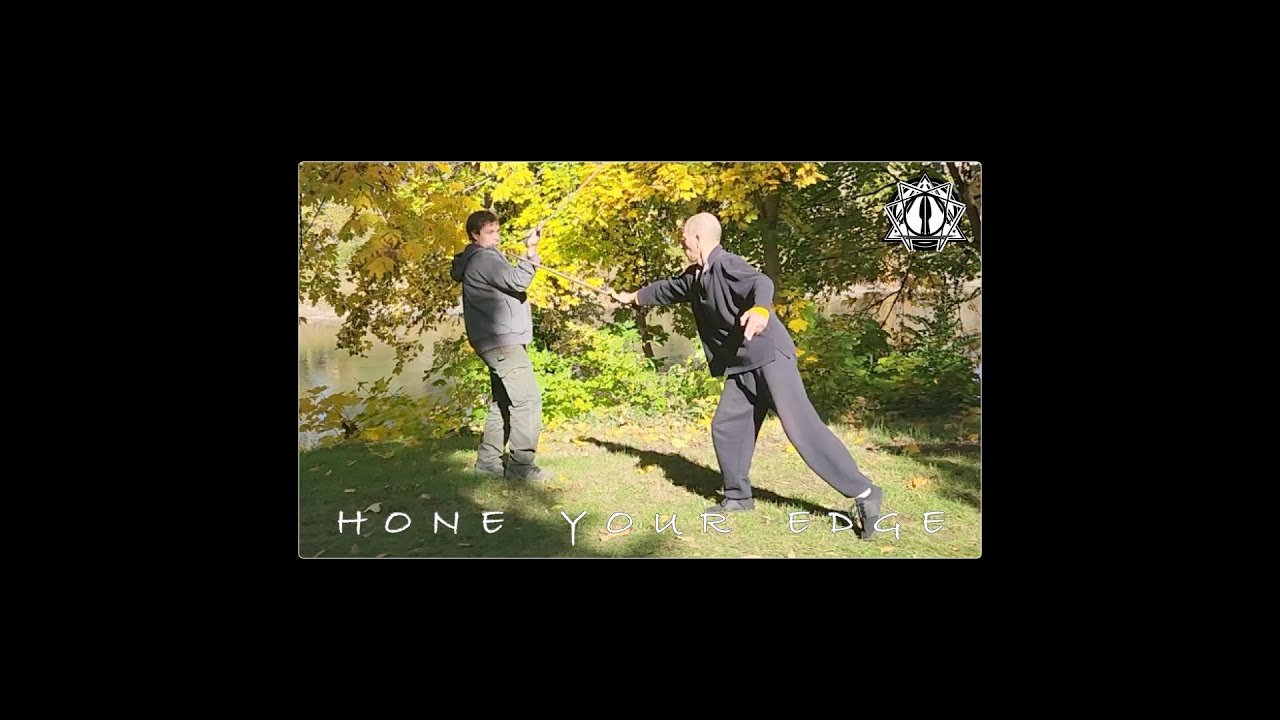This video we bring you about tai chi sword to you so you can watch and also have access to related topics and items, all in one place. You can learn and keep learning without distraction.
Weapons-based Martial Arts at the Rogue River in Grants Pass, Oregon
Taijijian, or Tai Chi Sword, is a traditional Chinese martial art that intricately blends Tai Chi principles with swordsmanship, using a slender, straight double-edged sword known as a jian. This practice emphasizes balance and harmony, featuring basic techniques like Jiben Jianfa and complex forms, while offering a unique fusion of martial skill, health benefits, and cultural preservation through its historical evolution and distinctive attributes such as the “sword fingers” technique.
The Jiben Jianfa, or basic sword techniques, form the foundation of Taijijian practice. These techniques are essential for mastering the art and are often incorporated into more complex forms and sparring. Notably:
Pī (劈) – Chop: A vertical downward cut, typically aimed at the opponent’s head or shoulder. This technique is often prepared by raising the sword handle to ear level while sinking into the leg opposite to the armed hand.
Cì (刺) – Thrust: A straight forward thrust, targeting the opponent’s torso or throat. This move is executed with precision and control, often combined with footwork to enhance reach.
Guà (掛) – Hang: A downward diagonal cut, usually from high to low. This technique can be used to deflect incoming attacks or to strike at an opponent’s arms or legs.
Liāo (撩) – Lift: An upward diagonal cut, typically from low to high. This move can be used to attack an opponent’s lower body or to deflect low attacks.
Mǒ (抹) – Wipe: A horizontal cut across the body. This technique is often used in combination with footwork to create a sweeping motion.
Jié (截) – Intercept: A blocking or parrying motion used to deflect an incoming attack. This technique is crucial for defense and can create openings for counter-attacks.
Bēng (崩) – Deflect: A technique used to redirect an opponent’s attack by meeting it at an angle. This move exemplifies the Tai Chi principle of using softness to overcome hardness.
Diǎn (點) – Point: A quick, precise thrust or tap with the tip of the sword. This technique is often used to disrupt an opponent’s balance or to target specific pressure points.
Jiǎo (絞) or Tiao (挑)- Entwine, or “Stirring”: A circular motion used to wrap around an opponent’s weapon or limb. This technique can be used for disarming or controlling an opponent’s movements.
Huà (滑) – Slide: A smooth, gliding motion along the opponent’s blade. This technique is used to maintain contact with the opponent’s weapon while maneuvering for a better position.
These basic techniques are often combined and integrated into more complex movements and forms. For instance, the Yang 32 Straight Sword Form incorporates many of these techniques into its sequences, such as “Dragonfly Alights on the Water” (point sword with feet together) and “Big Dipper” (stand on one leg and thrust).
It’s important to note that while these techniques have martial applications, in modern Taijijian practice, they are often performed with a focus on grace, precision, and internal energy cultivation. The execution of these techniques requires a balance of relaxation and alertness, embodying the yin-yang principles central to Tai Chi philosophy.
Mastering these basic techniques provides a solid foundation for advancing in Taijijian practice, allowing practitioners to develop both martial skill and a deeper understanding of Tai Chi principles through the medium of the sword.
